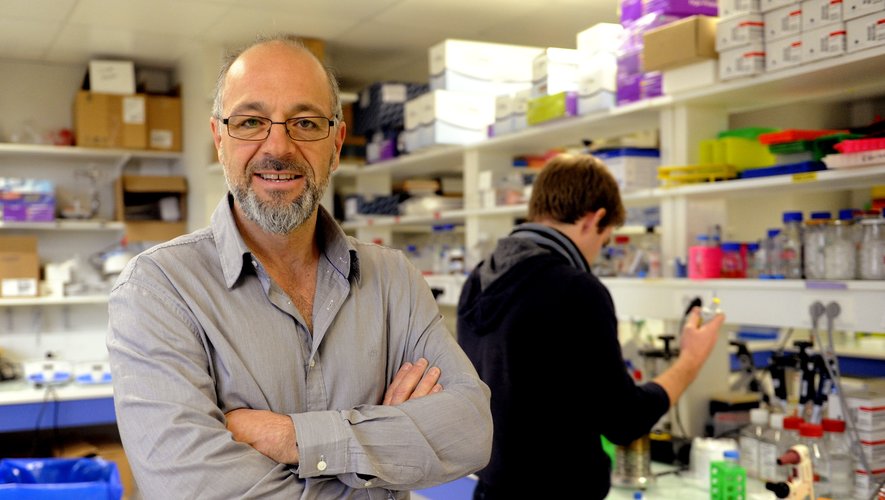In the absence of treatment for NASH, more commonly known as fatty liver disease, researchers are mobilizing.
A Toulouse team recently identified new bacteria present in the liver at the start of the disease. Non-alcoholic fatty liver disease (NASH) concerns, in its severe form, more than 200,000 people in France, mainly patients with obesity and type 2 diabetes.
More than 400,000 people concerned in 2030
Even more worrying, according to projections made by the French national society of gastroenterology, the number of these patients should more than double by 2030. This disease caused by an accumulation of fat in the form of triglycerides, in the cells of the liver, is triggered independently of any alcohol consumption. On the other hand, it is linked to a diet that is too rich in fat and sugar.
In the absence of treatments, many research works are in progress. In Toulouse, at the Institute of Metabolic and Cardiovascular Diseases, the team of Prof. Rémy Burcelin, research director at INSERM is working as part of the Florinash consortium, on the bacterial mechanisms that occur at the time of inflammation. of the liver before the onset of NASH.
Their latest work concerns four cohorts of 80 patients (Spaniards, Italians, Austrians and Romanians). They highlighted the presence of new bacteria and were published in early 2023*.
“Our results suggest that particular bacteria could be responsible for the deposition of fibrosis in the liver, at the first stage of the disease”, explains the researcher. “Indeed, in a liver that contains accumulated fat, the liver cells (hepatocytes) become pathological and die. White blood cells then intervene to clean these cells, but in diabetic patients the intervention of these white blood cells becomes deleterious and creates fibrosis in large quantities in the liver, instead of allowing the organ to regenerate. »
This work shows that the portal vein, which transmits nutrients between the intestine and the liver, would also transmit these bacteria in large quantities to the liver. Among the cohort of patients followed, some of whom were at a very early stage and with low fibrosis scores, the presence of these bacteria was observed.
“We therefore hypothesize that they may be responsible for the modification of the microbiota which interacts with the white blood cells of the intestine and prevents the immune system from fulfilling its protective role. »

